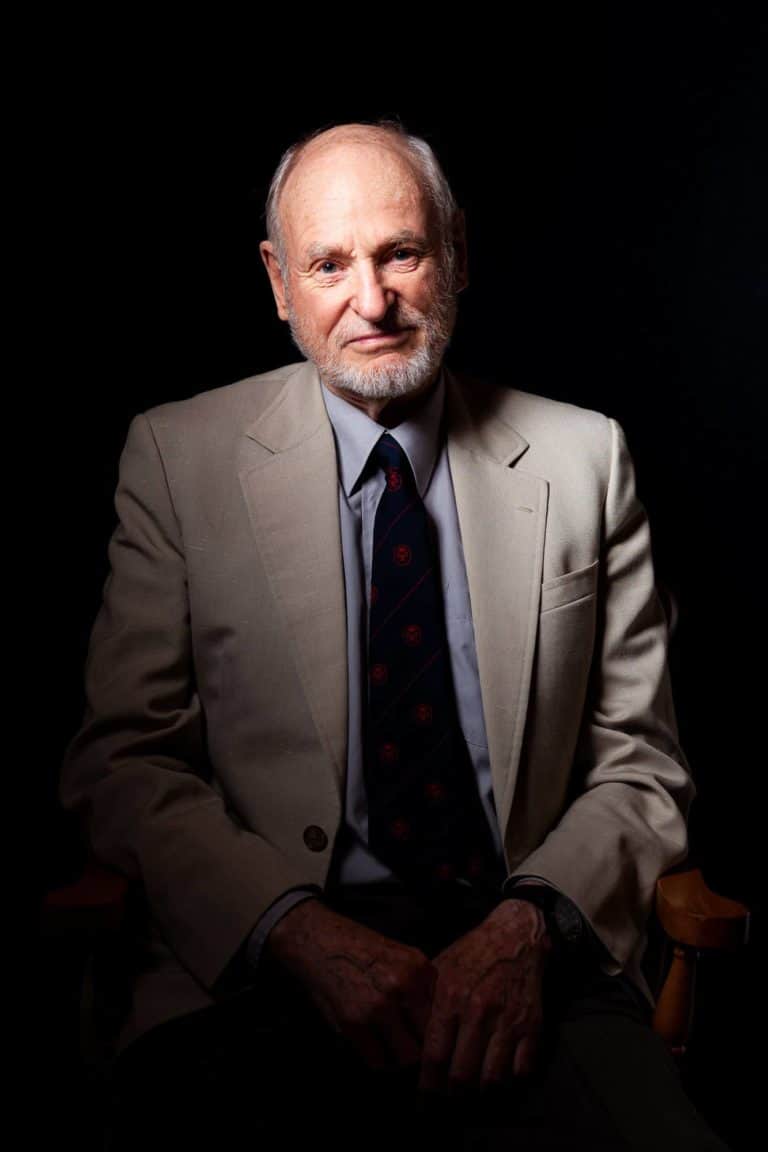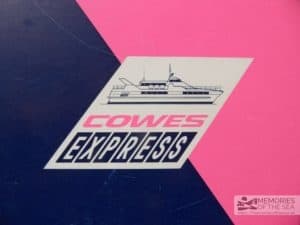Tony Course on Transport
I started, you could almost say the rival firm Seaspeed, and Seaspeed was as far as I can remember set up by Cousins who was Minister of Transport, the ex-Union boss who was the Minister of Transport in 1959-60 whatever, and because there was the thought that the Hovercraft industry was not getting anywhere, they gave the contract to British Rail to run the thing as a Government Company and a chap called Brindle was recruited from being in charge of the Great Western area to start the Hovercraft for British Rail and he set up the Seaspeed SR-N6 operation as a training ground for the perhaps more important SR-N4 Ferry Service which was envisaged to follow.
Fortunately for me he was marine orientated. I think he’d been … I don’t know whether he’d gone to sea as a Marine Engineer or was just qualified in Marine Engineering, but he was very much Merchant Navy orientated whereas Hovertravel were basically from the air side, certainly to start with.
And I tried to get a superior ticket, an extra Master’s Ticket and frankly I wasn’t able, didn’t have enough memory so I applied to British Rail to be a Hovercraft Pilot because I’d also managed to get a PPL, a Private Pilot’s Licence, and eventually they called me for an interview in Cowes and three ‘C’s’ were employed because they were employing three at a time and then moving them on so that they could build up sufficient crew for the Dover operation.
Also, I had a Master’s Ticket. At Seaspeed you had to have a Master’s Ticket but I don’t think anybody else, not many anyway, had a PPL so I think that’s what got me the job. I started off on the end of Ryde Pier to the end of Portsmouth Pier and we were driving basically a catamaran. I mean they were just fast boats basically.
Unfortunately, they didn’t have a very good machinery record. Caterpillar engines and they didn’t like the marine atmosphere and the craft were made out of fibreglass and in the early days, the fibreglass tended to wick up water so instead of carrying sort of four tonnes we were carrying six tonnes or more, then one progressed to the SR-N6. I think it was about six months after that.
Well, the training was something I hadn’t really experienced before. For a start, the Merchant Navy tend to go at 15 knots in those days and we were, even the HM2 was sort of 20-25, and when it got to the SR-N6, it was a completely different ball game. We had to watch the engine like a hawk ‘cos it was a jet engine and if it was mishandled you could do serious damage, a burn out etc so the training was really geared to that.
We did a week at Rolls Royce to learn about the Merlin jet engine. Then we went to British Hovercraft Corporation in East Cowes and did a week to learn the various systems and then Seaspeed had appointed two Instructors, as I remember, Hermod Brenna-Lund who officially passed us out, Julian Druce who was just a Pilot, again Merchant Service, and he was an excellent Instructor and the three ‘C’s’, Chambers, Christie and Course trained together and it was a fascinating experience.
As Chris said, ‘a ball of mercury’. And then we were trained and in my view the navigation, particularly at night or in fog was as skilled as the piloting, driving, and so we practiced on the radar because Seaspeed craft carried a radar like a ship onboard each craft, so we’d sit in the left hand seat and monitor and then if we were reasonably competent we could memorise the various buoys etc.
We’d be rostered in if it was foggy or at night-time and that’s how we were trained and then it was just experience.







